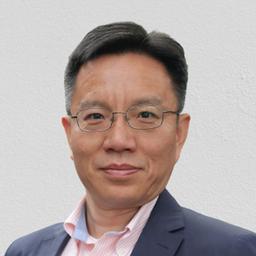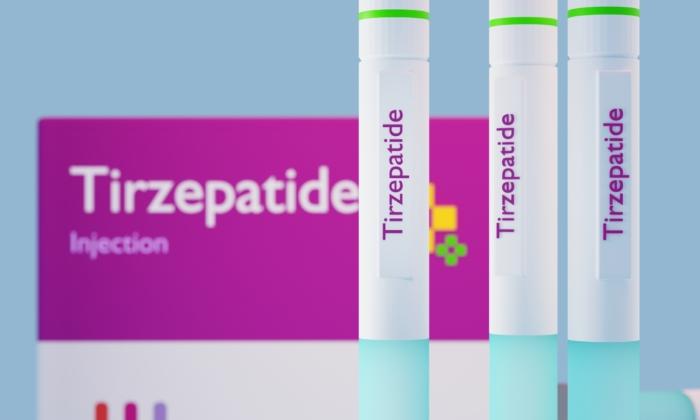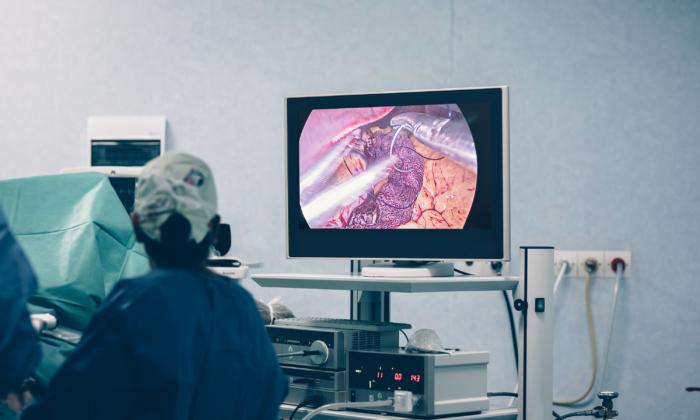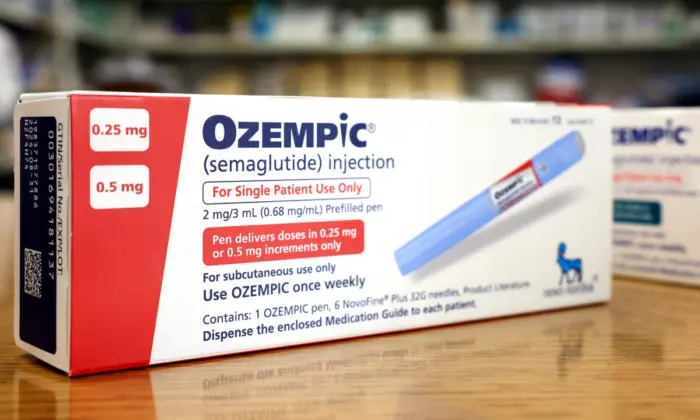The Defense Counterintelligence and Security Agency (DCSA) has successfully enrolled all Defense Department clearance holders—service members, civilians, and contractors, a total of 3.6 million people—in a continuous security vetting program.
The continuous vetting system is part of the Trusted Workforce 2.0, an initiative that will provide continuous vetting for all government personnel, not limited to the Defense Department. The initiative was first introduced under the Trump administration to upgrade the background investigation system.
Currently, periodic reinvestigations are conducted every 10 years for secret clearance holders and every five years for top-secret clearance holders.
DCSA aims to provide continuous vetting for all government personnel—the goal of Trusted Workforce 2.0—by October 1, 2023. DCSA is the primary investigative service provider for the federal government, conducting 95 percent of all background investigations for over 100 agencies.
To reach that goal, DCSA developed two transitional phases—Trusted Workforce 1.25 and Trusted Workforce 1.5.
Trusted Workforce 1.25 was designed to enroll DOD and non-DOD agencies into an initial version of the continuous vetting system—DCSA receives automated records from government and commercial data sources based on federal investigative standards. The National Background Investigation Services, a component of DCSA, then leverages an automated system that scans the data for any alerts that might indicate potential issues or other suspicious or criminal activity, said Heather Green, assistant director for DCSA.
In Trusted Workforce 1.5, more data categories will be added to continuous vetting, Green said. In addition to the criminal and terrorism checks, suspicious financial activity and foreign travel will also be included. When TW 1.5 begins, periodic reinvestigations will no longer be necessary.
Green said there are policy discussions underway as to whether Trusted Workforce 2.0 will include social media monitoring.
She also indicated that eventually the system will include Defense Department personnel who don’t have a clearance.
It’s unclear whether the Pentagon will use the continuous vetting system to accelerate efforts of rooting out ideological extremists.
At his Jan. 19 confirmation hearing, Austin highlighted the need to rid the ranks of the U.S. military of “racists and extremists.”





